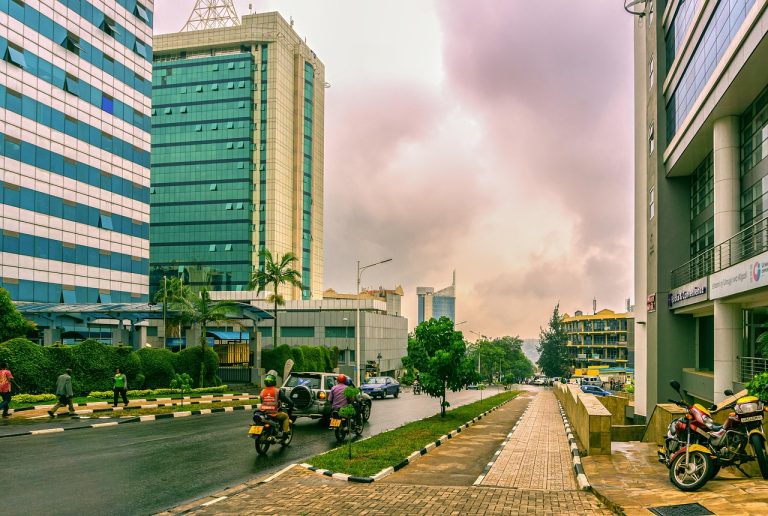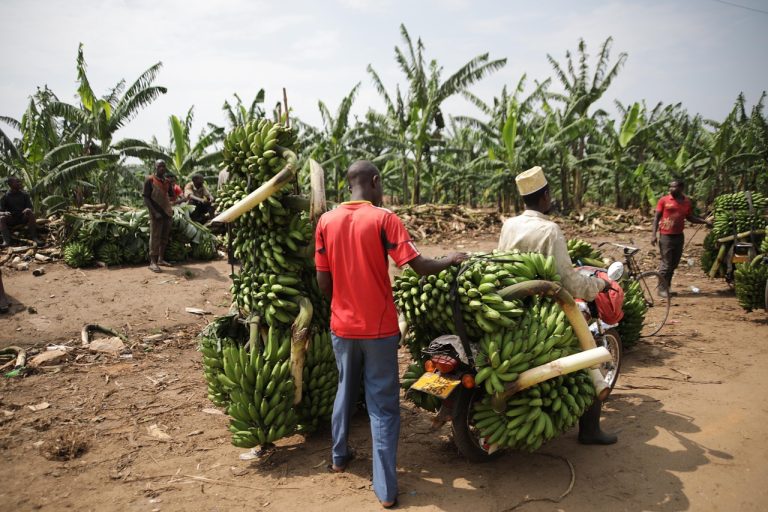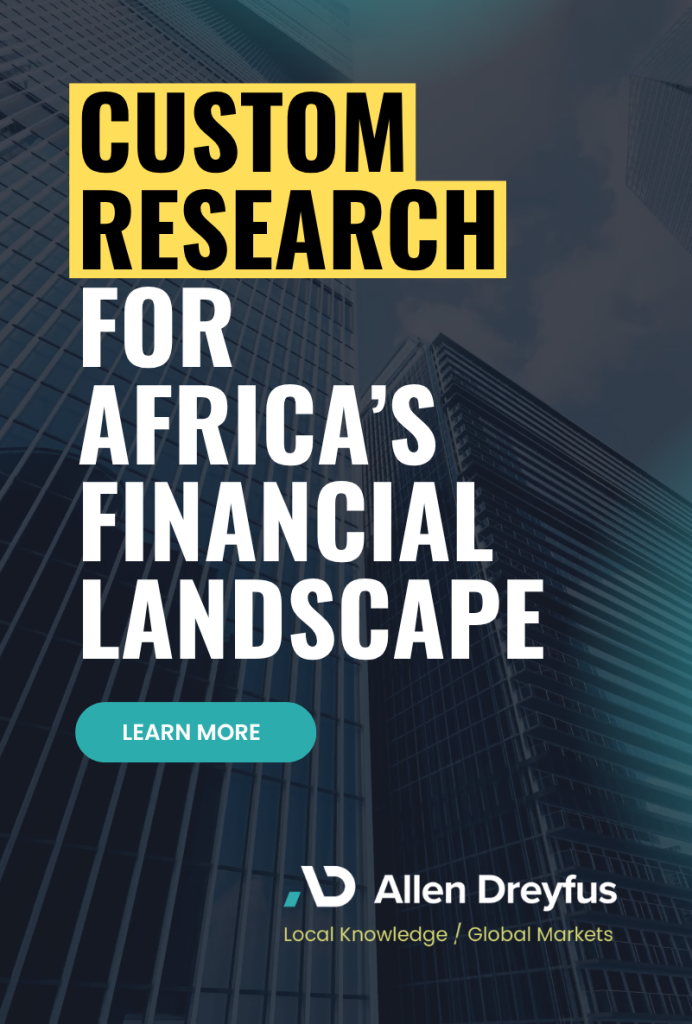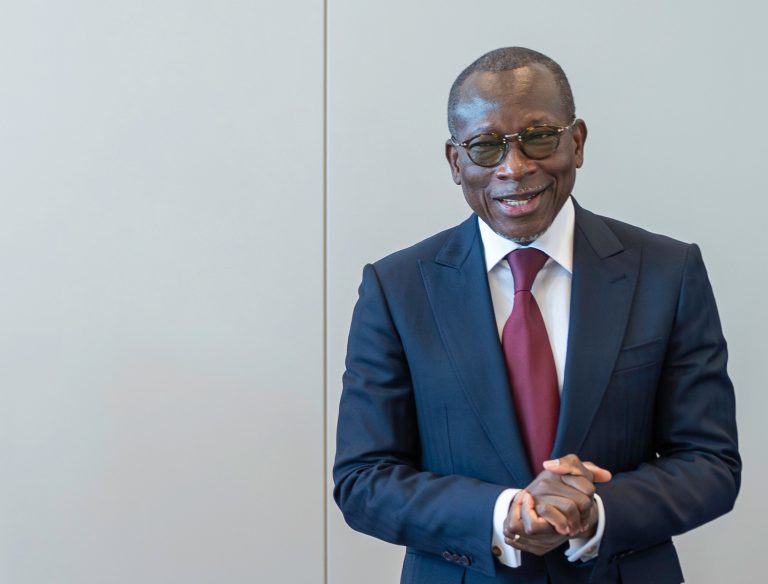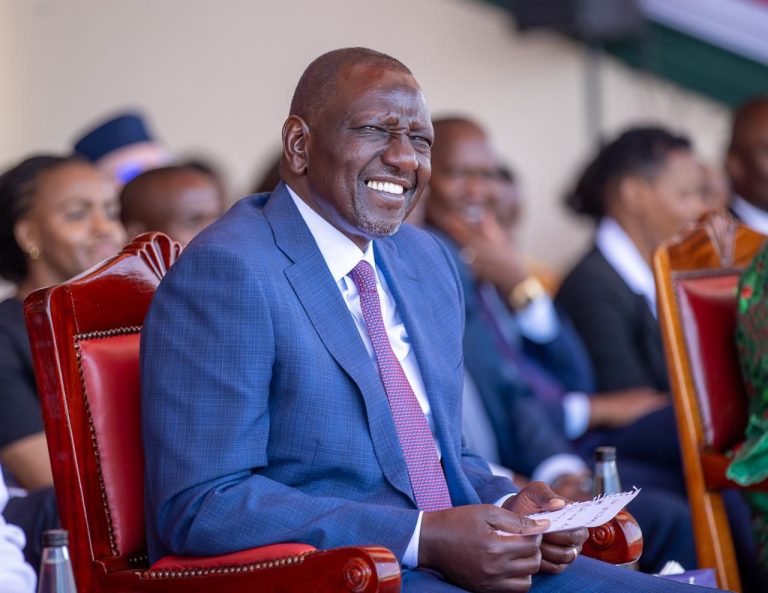- Botswana and Ghana Stock Exchanges join AELP, expanding to nine markets
- Initiative aims to enhance interconnectivity and capital access across Africa
Accra, Ghana – The African Exchanges Linkage Project (AELP) has entered its second phase, expanding its network from seven to nine stock exchanges in a significant move towards unifying Africa’s capital markets.
This development, spearheaded by the African Securities Exchanges Association (ASEA) and supported by the African Development Bank (AfDB), marks a crucial step in a journey that began in 2015 to enhance market performance and interconnectivity across the continent.
The AELP has now integrated the Botswana Stock Exchange and the Ghana Stock Exchange into its network, joining the original exchanges from South Africa, Kenya, Nigeria, the West African Economic and Monetary Union (BRVM), Egypt, and Morocco.
Expanding Market Integration
“We have moved beyond phase one,” said Lina Tonui, Project Manager for AELP, in an exclusive interview with Allen Dreyfus during the recent Building African Financial Markets Seminar in South Africa. “Phase one integrated the seven exchanges and their respective brokers. Now we are in phase two, which is mostly expanding participation to include other stock exchanges.”
The expansion aims to enhance market performance, interconnectivity, and access to capital across the continent. Currently, Africa has 29 stock exchanges with a combined market capitalisation of around US$1.6 trillion. The largest exchanges are in South Africa, Nigeria, and Egypt, but smaller exchanges in countries like Kenya, Ghana, and Morocco also play significant roles.
Africa remains largely unexplored by global investors, resulting in undervalued debt and equity investments. These offer attractive entry points compared to developed markets, with P/E ratios in the mid-teens and ROE in the mid to high 20s, presenting compelling opportunities for potentially high returns in emerging markets.
The Genesis and Progress of AELP
The project’s origins date back to 2015, when the then-President of the Nigerian Stock Exchange initiated discussions among exchanges to explore ways to improve market performance and integration. Initial feasibility studies confirmed the viability of interconnected exchanges, leading to the partnership between AfDB and ASEA in 2019 to commence implementation.
Phase one saw the integration of seven major exchanges, representing approximately 90% of Africa’s equity market capitalisation. These include the Johannesburg Stock Exchange, Nairobi Securities Exchange, Nigerian Stock Exchange, BRVM, and exchanges in Egypt and Casablanca.
“We started this initiative to explore ways to improve market performance and integration, aiming to enhance access to capital raising by different companies across Africa,” Tonui said.
Entering Phase Two
With the addition of the Botswana Stock Exchange and the Ghana Stock Exchange, the AELP now encompasses nine markets, representing about 90% of the equity market capitalisation of African exchanges. “The integration of these nine exchanges onto the AELP trading terminal is a critical step towards our long-term goal of connecting all African markets,” says Tonui.
Plans are already in motion to onboard a tenth exchange, though details remain under wraps. “We are also finalising an agreement to onboard one other exchange. I’m not able to disclose it right now until that process has been finalized,” Tonui revealed.
The AELP’s ultimate objective is to integrate all 26 member exchanges of the African Securities Exchanges Association, including smaller exchanges that are vital for overall market development. The initiative seeks to provide visibility to even the smaller exchanges, thereby attracting investors to their markets and contributing to their growth.
Benefits for Investors
The AELP aims to make African markets more accessible and attractive to both institutional and retail investors. By providing a unified platform, investors can view and trade securities across multiple markets without the need for separate agreements with brokers in each market.
“For institutional investors, the AELP facilitates efficient trading and access to aggregated market data and research,” Tonui explained. “For retail investors, it simplifies the process of investment diversification, allowing them to access various markets and products.”
The project also focuses on capacity building for brokers, ensuring they can trade across different markets and collaborate effectively. Investor education is another key component, aimed at raising awareness about the opportunities available through the AELP platform.



